Aloe plants are some of the most loved succulents around the world — and for good reason. Known for their spiky leaves, healing gel, and forgiving nature, aloe plants are perfect for both seasoned gardeners and beginners alike. Whether you keep yours as a bright indoor companion or a sun-loving outdoor plant, proper care ensures it thrives for years. In this guide, we’ll walk you through everything you need to know about successfully caring for an aloe plant, from planting tips to watering schedules and pest prevention.
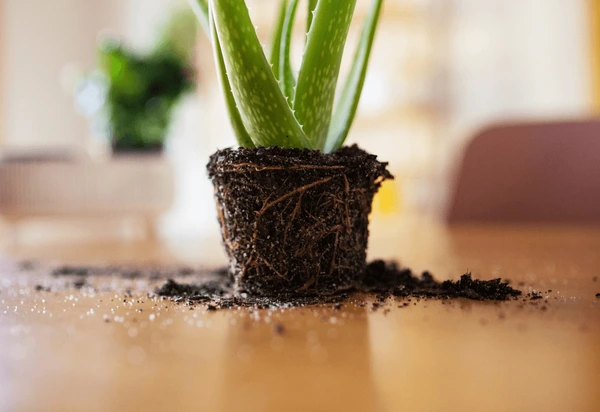
Why Choose an Aloe Plant?
Before diving into care tips, it’s helpful to know why aloe plants are so popular. Here are a few reasons:
- Low-maintenance: Aloe is incredibly resilient, making it ideal for busy or novice plant parents.
- Medicinal benefits: Aloe vera gel is widely used for treating burns, skin irritations, and moisturizing.
- Air purification: Aloe plants help improve indoor air quality by removing toxins.
- Aesthetic appeal: Their distinctive fleshy leaves and rosette growth pattern make them a beautiful addition to homes and offices.
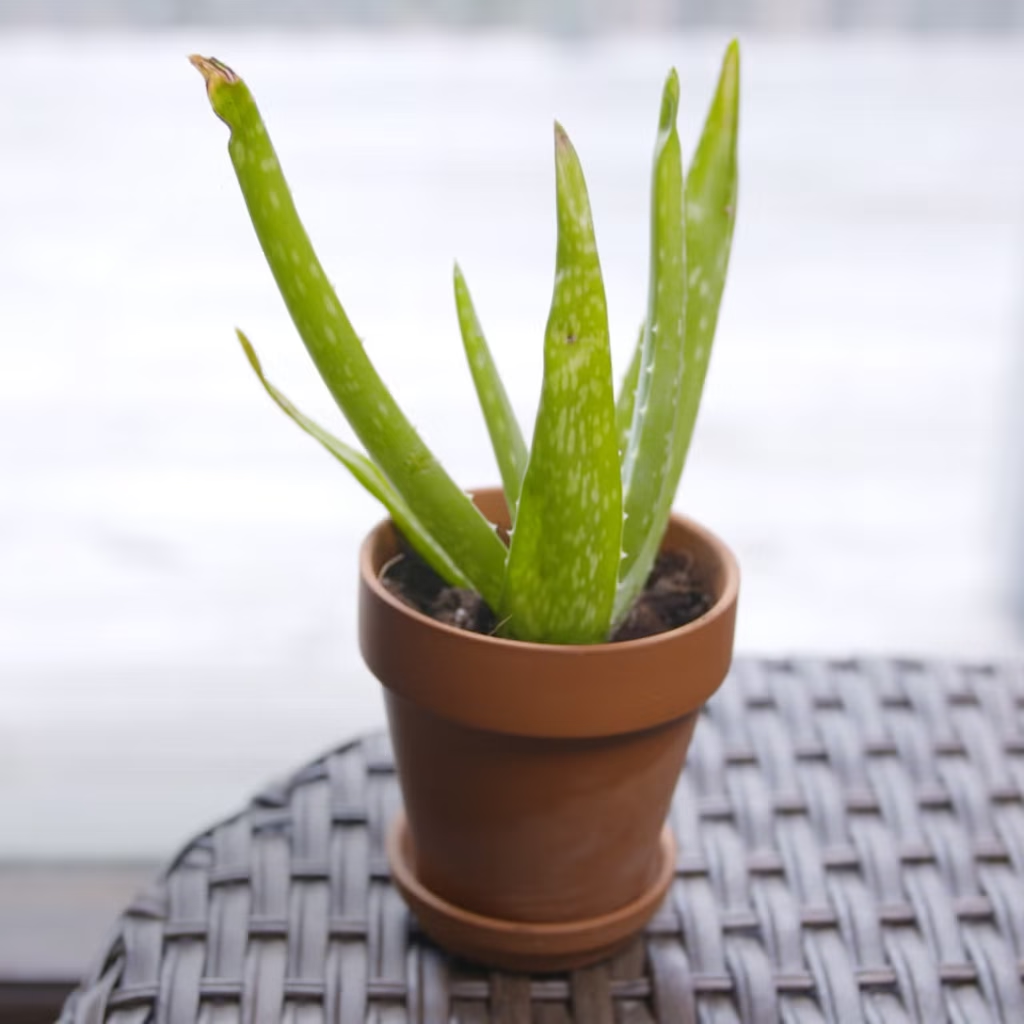
Choosing the Right Aloe Plant Variety
While Aloe vera is the most well-known species, there are over 500 varieties of aloe plants. Some other popular options include:
- Aloe aristata (Lace Aloe): Compact with white speckled leaves and orange flowers.
- Aloe brevifolia (Short-Leaf Aloe): A dwarf variety with blue-green leaves.
- Aloe ferox (Cape Aloe): Known for its medicinal uses and tall flower spikes.
Choose a variety that suits your aesthetic preferences and growing conditions.
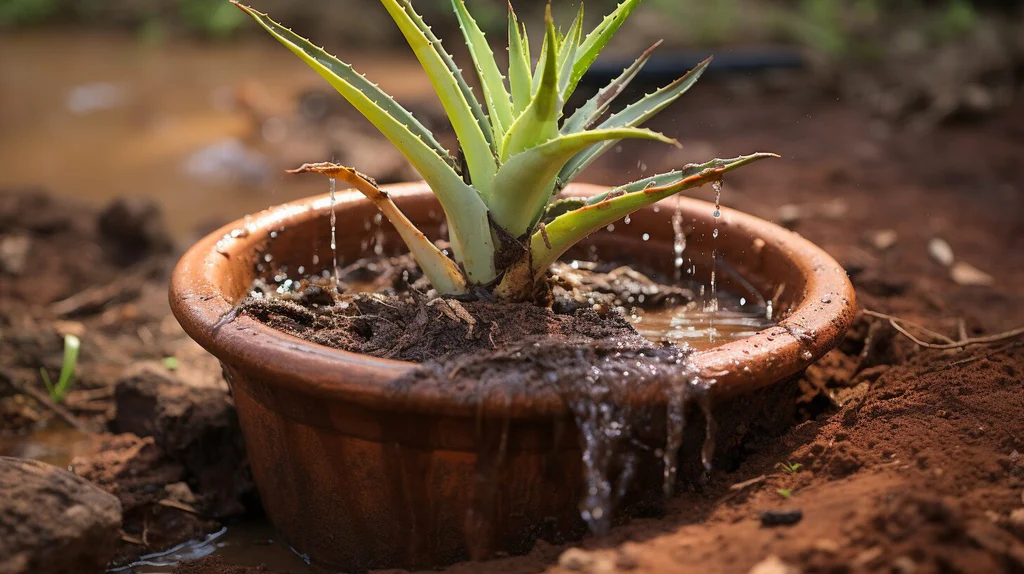
Ideal Growing Conditions for Aloe Plants
Creating the right environment is crucial for your aloe plant’s health. Here’s what to focus on:
1. Light Requirements
Aloe plants love bright, indirect sunlight.
- Indoors: Place your aloe near a south or west-facing window where it gets about 6–8 hours of light daily.
- Outdoors: Position it in a sunny spot, but shield it from harsh afternoon sun to prevent leaf scorch.
If your plant begins to stretch or turn pale, it’s likely not getting enough light.
2. Temperature and Humidity
Aloe plants prefer temperatures between 55°F to 80°F (13°C to 27°C). They can tolerate occasional drops in temperature but should be brought indoors before frost arrives.
Humidity isn’t a big concern — aloe thrives in normal indoor conditions but prefers drier air. Avoid placing it in overly humid bathrooms or kitchens.
3. Soil Type
The key to a healthy aloe is well-draining soil. Use a cactus or succulent potting mix, or create your own blend using:
- 2 parts potting soil
- 1 part perlite or pumice
- 1 part coarse sand
This ensures roots won’t sit in water, which can lead to rot.
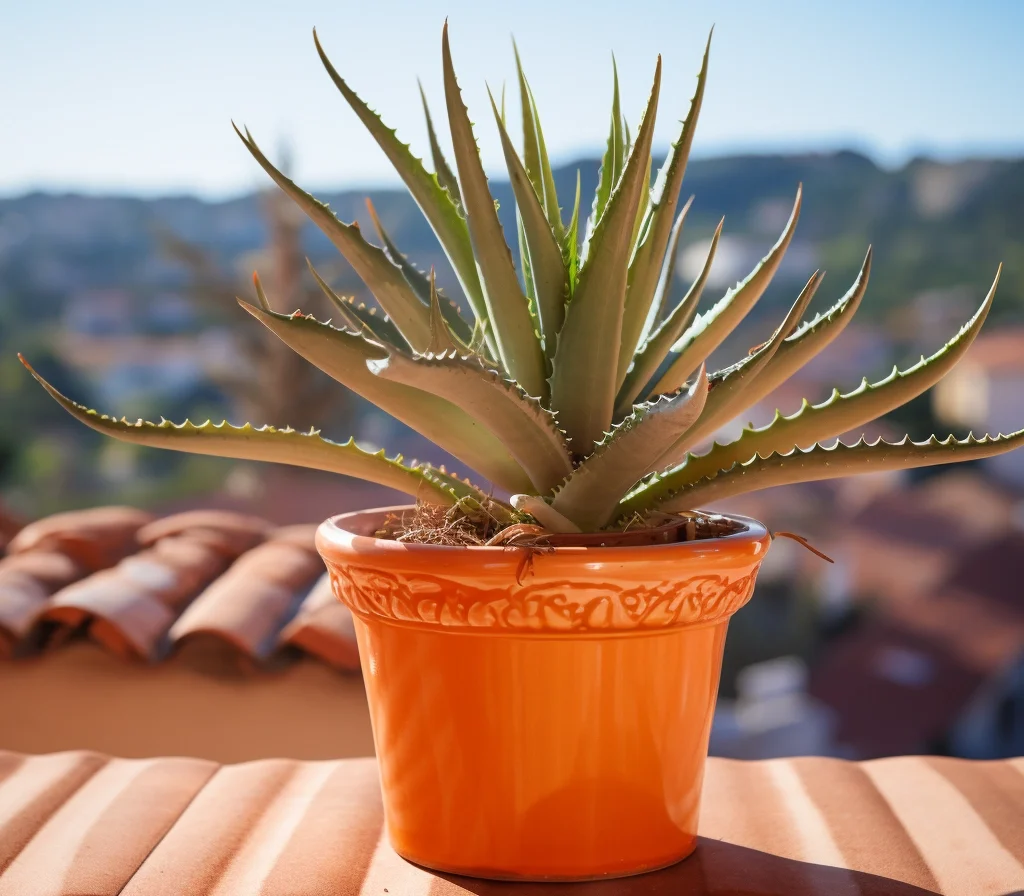
How to Water an Aloe Plant Properly
Overwatering is one of the most common mistakes with aloe care. Here’s how to get it right:
Watering Schedule
- Spring & Summer (growing season): Water deeply when the top 1–2 inches of soil feels dry. Typically every 2–3 weeks.
- Fall & Winter (dormant season): Reduce watering to once a month or less, as aloe uses less moisture during colder months.
Watering Technique
Water the soil directly, avoiding the leaves. Allow excess water to drain completely. If the plant sits in a saucer, empty any standing water after 10–15 minutes.
Fertilizing Your Aloe Plant
Aloe plants don’t require heavy feeding but benefit from occasional nutrients.
When to Fertilize
Feed your aloe during the active growing season (spring and summer), about once a month.
Best Fertilizer
Use a balanced, water-soluble fertilizer diluted to half strength. A succulent-specific fertilizer is also a great option.
Avoid fertilizing in fall and winter as the plant is resting and not actively growing.
Repotting an Aloe Plant
As aloe plants grow, they may outgrow their pot or produce “pups” (baby plants) around the base.
When to Repot
- When the plant becomes top-heavy.
- If roots emerge from the drainage holes.
- Every 2–3 years to refresh the soil.
How to Repot
- Choose a pot with drainage holes.
- Gently remove the plant from its current pot.
- Brush away old soil and trim any dead roots.
- Plant in fresh, dry succulent soil.
- Wait 3–5 days before watering to allow roots to settle.
Propagating Aloe Plants
One of the joys of aloe care is propagation. You can easily grow new plants from pups.
Propagation Steps
- Wait until pups are at least a few inches tall.
- Remove the parent plant from the pot.
- Gently separate the pups, ensuring each has some roots attached.
- Plant pups in small pots with well-draining soil.
- Let them rest a couple of days before watering.
Within weeks, they’ll establish roots and begin growing.
Common Problems and How to Fix Them
Even hardy aloe plants encounter occasional issues. Here’s how to handle them:
| Problem | Cause | Solution |
|---|---|---|
| Leaves turning brown | Sunburn or overwatering | Move to indirect light, adjust watering |
| Mushy, soft leaves | Overwatering, root rot | Remove damaged parts, repot in dry soil |
| Pests (mealybugs, aphids) | Excess humidity or poor care | Wipe leaves with soapy water or neem oil |
| Leggy, stretched growth | Not enough sunlight | Move to a brighter location |
Seasonal Aloe Care Tips
Spring & Summer
- Increase watering frequency.
- Fertilize monthly.
- Propagate pups.
Fall & Winter
- Reduce watering to once a month.
- Move indoor plants away from cold drafts.
- Avoid fertilizing.
Benefits of Aloe Vera Gel
Beyond being a gorgeous plant, aloe vera’s gel is packed with health and skincare benefits:
- Soothes burns and sunburns
- Moisturizes dry skin
- Reduces inflammation
- Promotes wound healing
- Acts as a natural hair conditioner
Simply cut an older, lower leaf, extract the clear gel, and apply it directly to the skin.
Pro tip: Always test a small skin patch before widespread use to rule out allergies.
Final Thoughts
Caring for an aloe plant is simple, rewarding, and beneficial. With just a little attention to light, water, and soil conditions, your aloe will flourish indoors or out, adding beauty and health benefits to your space. Whether you’re a seasoned gardener or a houseplant novice, aloe vera is a fantastic plant to grow and nurture.

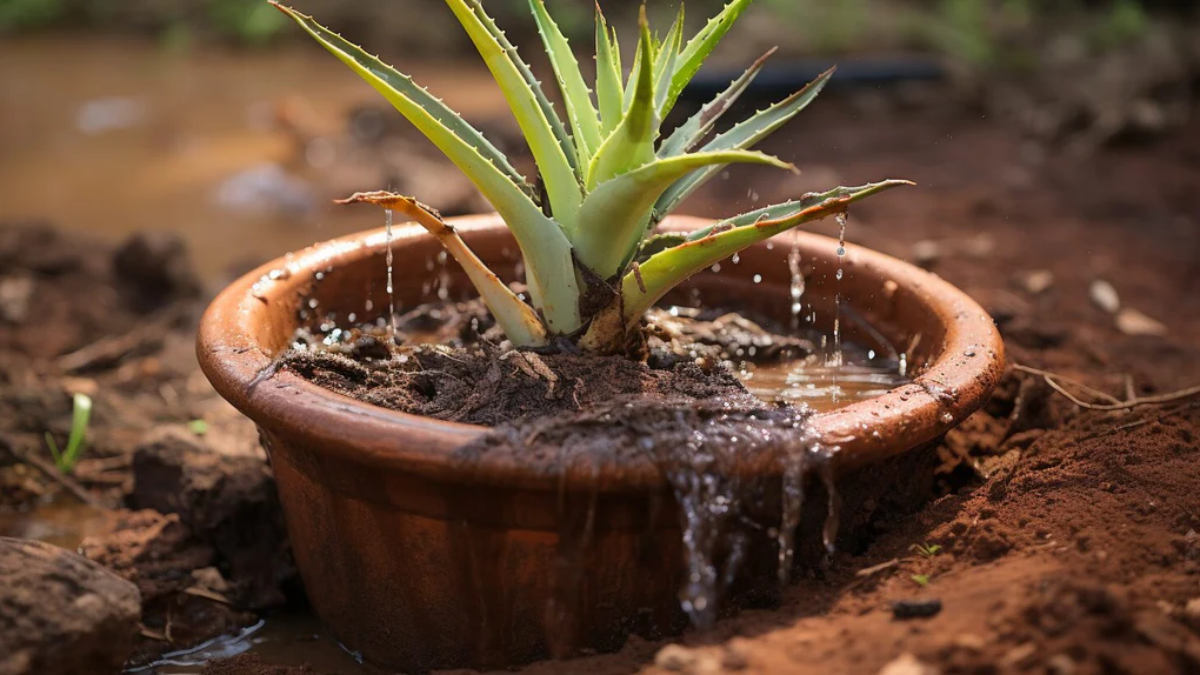




Leave A Comment